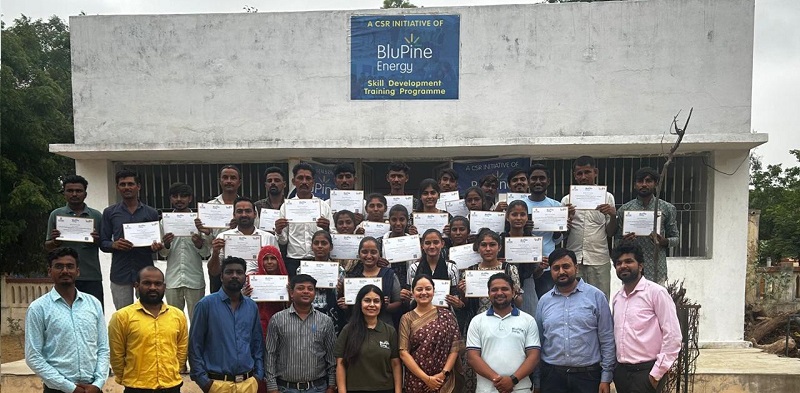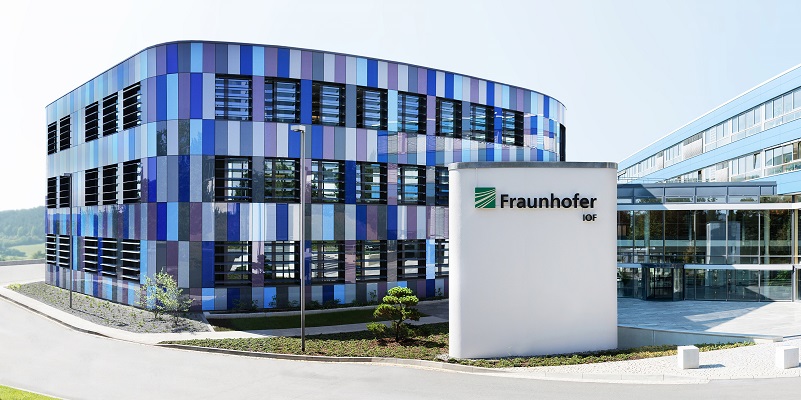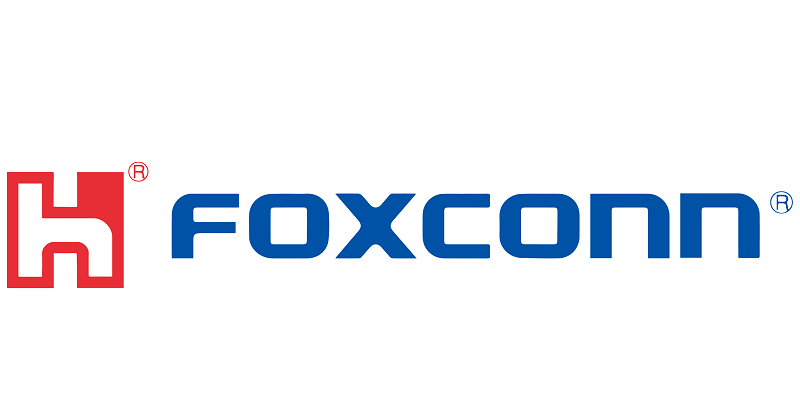Schedule a Call Back
Robotic fettling for iron castings: A revolution in the foundry industry
 Technical Articles
Technical Articles- Aug 01,18

- 1. Long term commitment to deploy automation: Fettling automation will go through learning, implementation, horizontal deployment phases and management must have long-term commitment to do this.
- 2. Reliable partner for fettling: Deburring and grinding process knowledge are key ingredients of any success in robotic fettling, which acts more like a machine tool than an automation system. A competent machinery maker with this expertise is a partner for robotic fettling.
- 3. Successful implementation of the first application is a key for confidence in the team about robotic fettling.
Related Stories

"Dormer Pramet has ambitious growth plans in Asia, with a focus on India"
In this interview with Rakesh Rao, Amit Raina, Country Manager for India, Dormer Pramet (a leading global supplier of metal cutting tools and related services), shares his views on the industry tren..
Read more
Boehlerit: Know-how in cutting of tubes
In order to cover the different machining steps, Boehlerit has, over the decades, as the industry’s leading tool supplier, created the market’s most comprehensive product range, now also includi..
Read more
Exports account for more than 50% of Sphoorti Machine Tools' turnover
In this interview with Rakesh Rao, R K Purohit, Managing Director, Sphoorti Machine Tools Pvt Ltd, elaborates on advantages offered by India to manufacturers and the company's growth plans.
Read moreRelated Products

Automation Studio Copilot
B&R Industrial Automation offers a wide range of automation studio copilot.
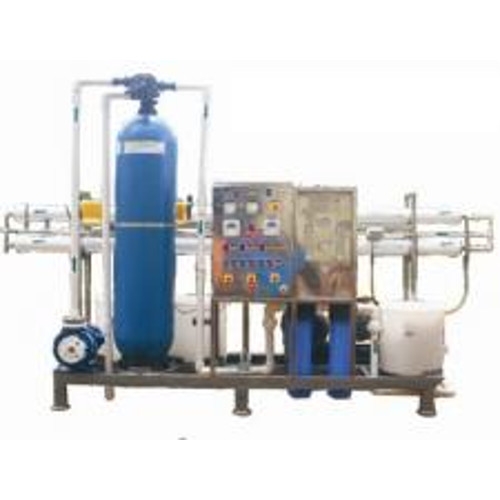
Industrial Desalination System
Shakunth Aqua Products offers a wide range of industrial desalination system. Read more
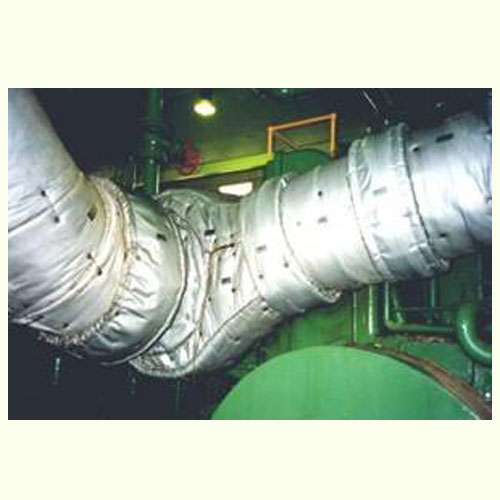
Industrial Castors & Wheels
H M Gulamali offers a wide range of castors and wheels manufactured by Blickle, Germany. Read more





